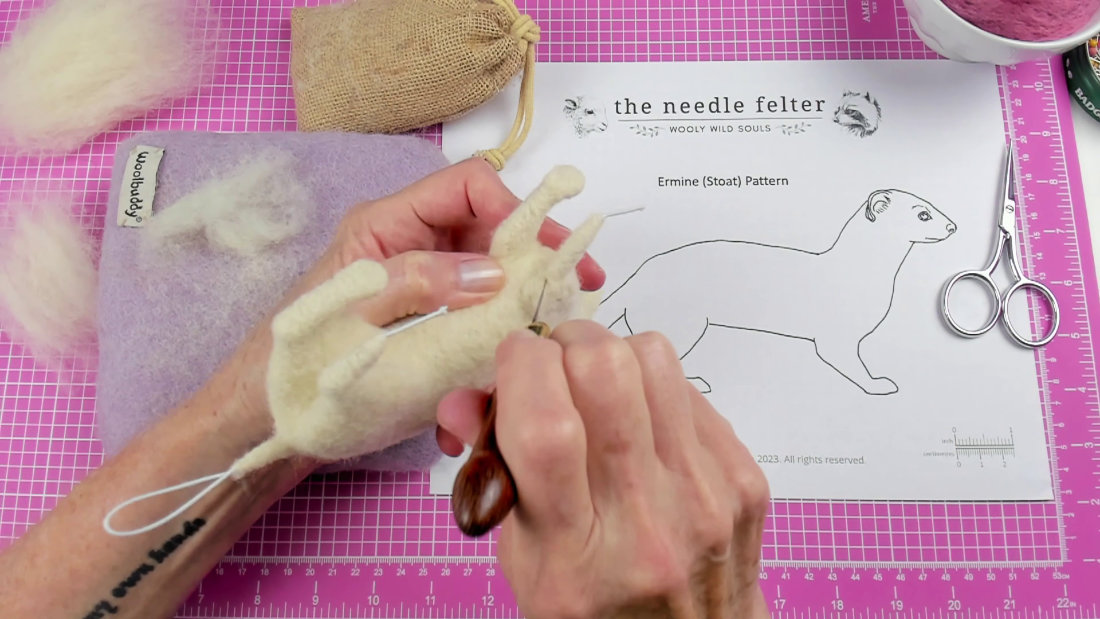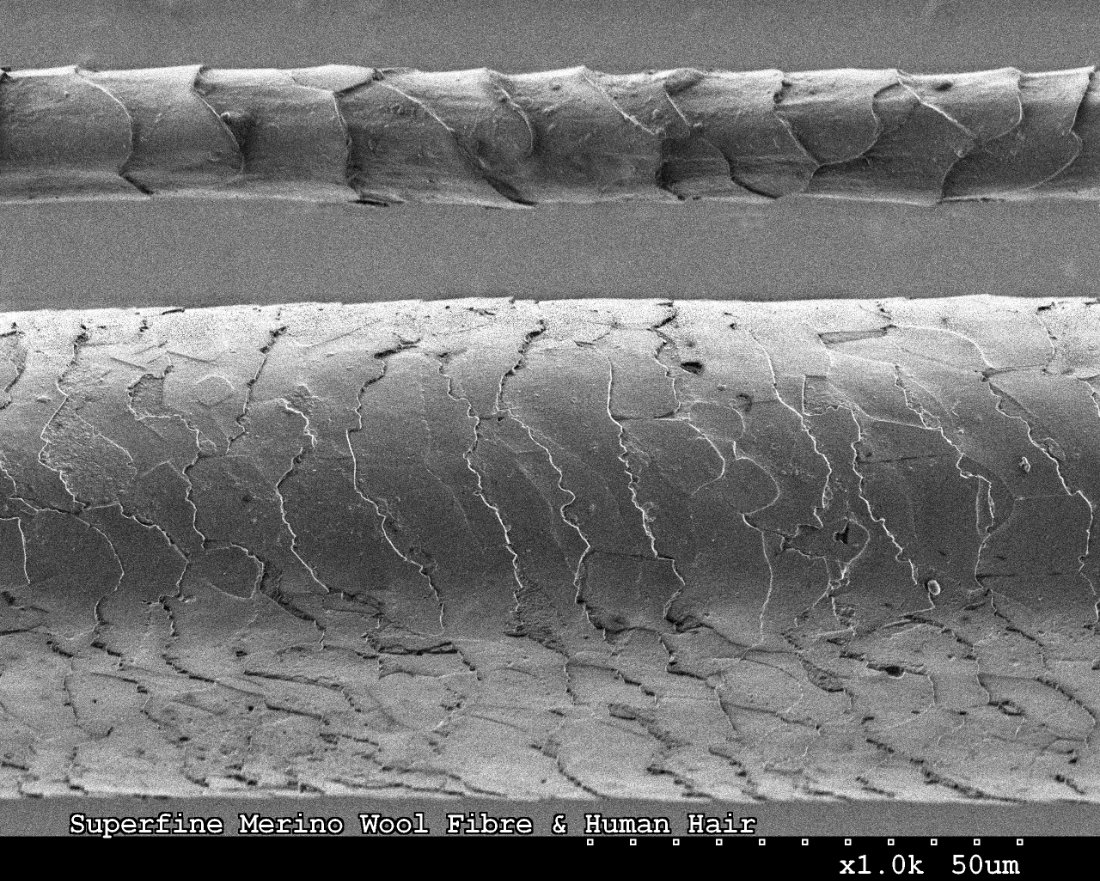Needle felting is a technique that uses specially designed, notched needles to manipulate fiber (usually wool). The notches on the needles catch and tangle the fiber. Felters repeatedly poke the needles into the fiber to create a dense, sculptural material. Needle felting can also be used to attach thin layers of fiber to fabric to create “wool paintings”. The video below from Groz-Beckert, illustrates how an industrial felting machine felts using notched needles.
Felting has been used for centuries to create fabric. But using a notched needle to manually manipulate fiber into sculptures and paintings is more recent. It is believed to have originated in the 1980s and 90s, when artists and craftspeople began experimenting with new ways to use felt in their work.
In recent years, needle felting has become increasingly popular as a hobby and a form of artistic expression. The technique is relatively simple, requiring only a few materials and minimal equipment.
What do needle felters make?
Needle felting is considered a form of fiber art. Many artists create unique, one-of-a-kind pieces. It can be used to make a wide variety of objects. Sculptures, pictures, jewelry, and decorative embellishments on clothing or throw pillows are just a few examples of the things that can be made. It is such a malleable technique that if you can dream it, you can probably make it.

This process is also a great way to recycle old wool clothing and yarn scraps.
Why does wool felt?
Wool strands have pronounced scales when compared to many other fibers. These scales grab and hold onto the fibers around them. The process of needle felting agitates the fibers, opening the scales. This causes the fiber to tangle, mat, and compact. It felts, creating a structure that is both strong and flexible.
Take a look at the difference between a strand of superfine merino wool (on the top) versus a human hair (on the bottom) in the electron microscope photo below.

While the merino fiber is finer than a human hair, the craggy scales on the merino make the surface grabby. The human hair is relatively smooth or slippery in comparison.
Wool felts by matting, condensing, and pressing fibers together. This occurs naturally when wool is agitated by friction, heat, moisture, and pressure. The process is similar to what happens when a long-haired dog or cat is not regularly groomed. They get mats and the mats get larger and tighter over time.
Wool fibers are also naturally coated in a waxy substance called lanolin. The lanolin helps keep the scales smooth and dry when the wool is on the sheep’s body. When the wool is sheared off the sheep, it is washed and the lanolin is carried away. Thus, removing the lanolin also helps the fibers felt more easily.
Is needle felting hard to learn?
Needle felting is easy to learn when compared to other crafts. Since it involves working with a sharp needle, it does require the ability to focus and you need good hand-eye coordination. If that’s not a problem, there are a few basic things you need to pick up. Then you’re off and felting!
The photo of a strand of merino wool and a human hair is by CSIRO, CC BY 3.0, via Wikimedia Commons.


